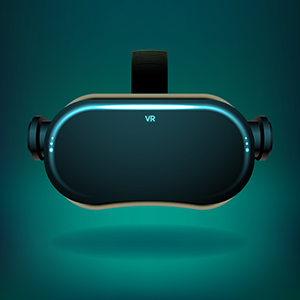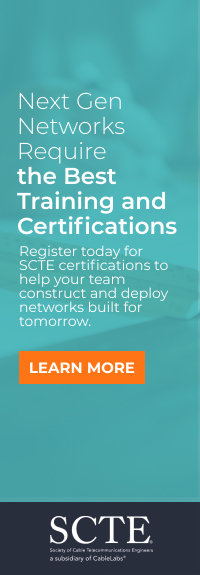Why AI & AR/VR Can Help Aerospace Manufacturers Like Boeing Improve Design and Maintenance of Aircrafts
By: Dijam Panigrahi

The aerospace industry prides itself on operating at the forefront of technological innovation, yet it consistently seeks ways to improve aircraft design and maintenance. Issues ranging from optimizing intricate engineering processes to ensuring meticulous inspections and repairs present ongoing challenges for manufacturers. This critical demand for precision and efficiency has paved the way for the integration of advanced technologies. Specifically, Artificial Intelligence (AI), Augmented Reality (AR), and Virtual Reality (VR) are proving to be transformative tools, fundamentally changing the landscape of aerospace manufacturing and maintenance.
Current Challenges in Aerospace Manufacturing
The aerospace manufacturing sector currently grapples with several significant challenges that underscore the need for advanced technological solutions. Supply chain disruptions, exacerbated by
global events, continue to impact production timelines and material availability, forcing manufacturers to seek more resilient and adaptable processes. The increasing complexity of modern
aircraft designs also presents a hurdle, requiring higher precision and more sophisticated assembly techniques.
Moreover, the industry faces a looming skilled labor shortage. As experienced personnel retire, there's a growing need to onboard and train new employees rapidly and effectively, all while maintaining stringent safety and quality standards. These pressures collectively emphasize the urgency of innovative approaches to enhance efficiency, mitigate risks, and support a more agile manufacturing environment.
Design Process Enhancement through AI
AI algorithms play a pivotal role in generative design, allowing engineers to input constraints and requirements, and then using machine learning to generate numerous design iterations. This accelerates the design phase, ensuring optimized and innovative solutions. AI-powered predictive analysis aids in simulating various scenarios, predicting potential issues, and optimizing designs accordingly. This significantly reduces the trial-and-error approach, leading to more robust and efficient aircraft designs.
AI-driven predictive maintenance uses data analytics to predict when components are likely to fail. This proactive approach minimizes downtime, lowers maintenance costs, and improves overall aircraft reliability. AI-powered image recognition and machine learning algorithms enhance quality control processes in manufacturing. This ensures that each component meets stringent quality standards, contributing to the overall safety and performance of the aircraft.
The Role of Robotics in Aerospace Manufacturing
Robotics is rapidly becoming an indispensable component of modern aerospace manufacturing, addressing many of the industry's challenges. Industrial robots are increasingly deployed for tasks requiring high precision and repetitive actions, such as drilling, riveting, painting, and composite lay-up. Their ability to perform these tasks with consistent accuracy surpasses human capabilities, leading to fewer defects and improved product quality. Robotics also significantly enhances efficiency and speeds up production cycles, which is critical for meeting the high demand for new aircraft.
Furthermore, robots improve workplace safety by automating hazardous or ergonomically challenging tasks, allowing human workers to focus on more complex, strategic roles. Collaborative robots, or cobots, are also gaining traction, designed to work alongside human operators, assisting with heavy lifting or intricate assembly, thereby combining the strength and precision of automation with the adaptability and problem-solving skills of human workers.
The Power of Digital Twins
Digital twins are revolutionizing the aerospace industry by creating virtual replicas of physical aircraft, components, or systems. These dynamic digital models are continuously updated with real-time data from sensors on their physical counterparts, providing a comprehensive and up-to-the-minute view of their status and performance. In the design phase, digital twins allow engineers to simulate and test various configurations and materials virtually, predicting how designs will perform under different conditions before any physical prototype is built. This iterative virtual testing drastically reduces development time and costs.
During manufacturing, digital twins can monitor the production process, identifying deviations from specifications and flagging potential quality issues in real time. This allows for immediate corrective action, preventing costly rework and ensuring the highest quality standards. For maintenance, a digital twin provides a detailed history of an aircraft's operational life, including flight hours, maintenance records, and sensor data. This rich dataset enables highly accurate predictive maintenance, allowing airlines to proactively anticipate component failures and schedule maintenance, minimizing downtime, and optimizing resource allocation. The insights gained from



















